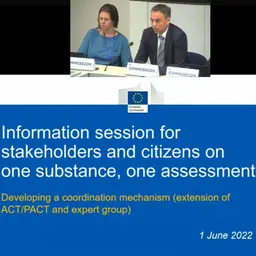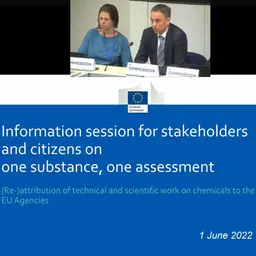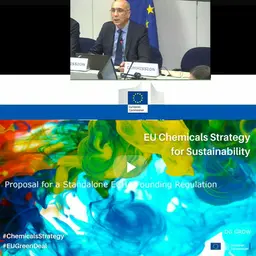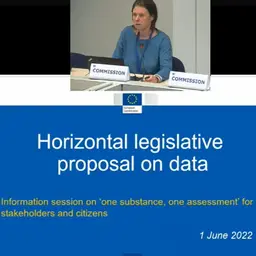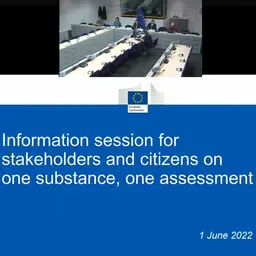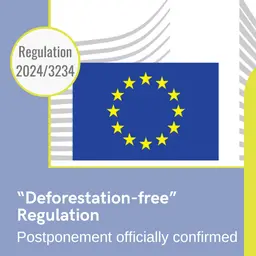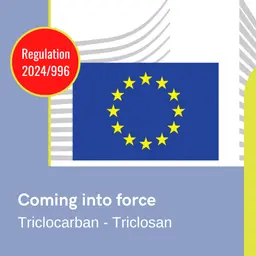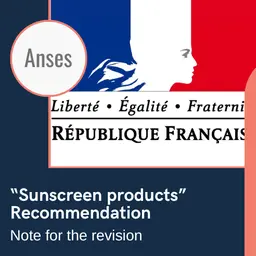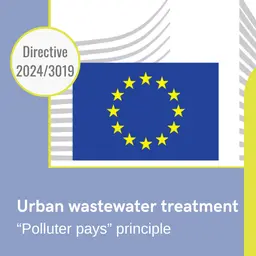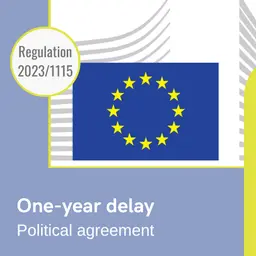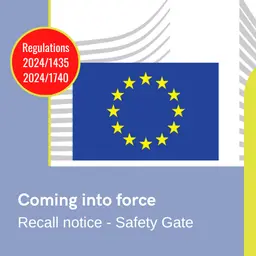
This is the last part of the “1 substance, 1 assessment” (1S1A) initiative, which the European Commission presented in its entirety at the information session organised on 1 June 2022. Andrej Kobe, Policy Officer at the Commission, presented one of the major tools foreseen by the CSS (Chemicals Strategy for Sustainability): a common open data platform on chemicals.
The objective of this platform is to facilitate the sharing, access and re-use of data from all available sources, while streamlining their flow between national authorities and European agencies, and ensuring their interoperability through appropriate formats and tools.
Many different types of data and flows
Chemical substances differ in many ways:
• Identifiers, names of substances or groups of substances
• Intrinsic properties and hazard classifications
• Presence in articles and uses
• Emissions, occurrence and exposure
• Risk and hazard assessments carried out and their results, including health endpoints (which have been explicitly recognised as an important piece of information that needs to be acted upon in order to be shared effectively between the public and between safety assessors)
• Data on data: vocabularies that allow or facilitate their description and interpretation
• Information on ownership, access conditions, etc.
Harmonising formats
“A good use of such different data requires controlled formats and vocabularies, i.e. a consistent way of describing them, especially when it comes to collecting them from different sources and bringing them together in one common platform,” explained Andrej Kobe.
The Commission is not starting from a blank sheet of paper for this harmonisation work. The OECD harmonised …



